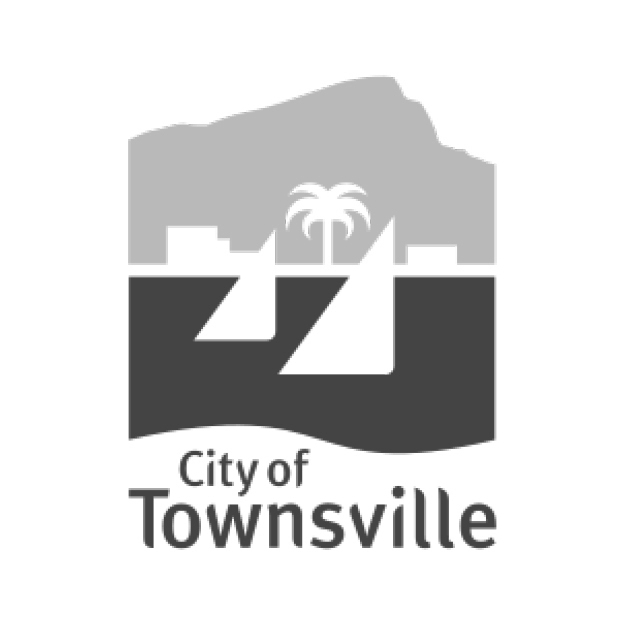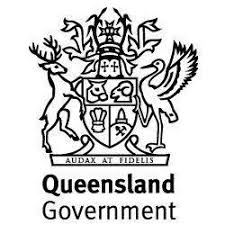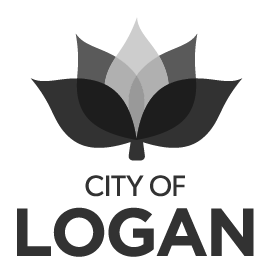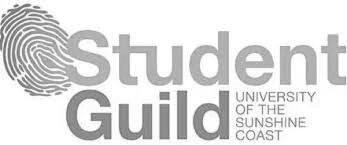Top Tips for Better Meetings
See if this sounds familiar. Jenny arrives home at about 8:30 on a Monday night. “Honey, I’m home.”
“Oh, hi Jenny. How was the AGM?” asks Matt, Jenny’s partner.
“Yeah, it was fine. Bit boring. Oh, by the way, you were elected treasurer…”
No matter how many times I ask the question about why people get involved in clubs and associations, the answer is rarely, “So that I can sit on the committee!” We join organisations because we like what they do and we want to be a part of it. Many of us however end up on committees, often because we feel that no one else was putting their hands up, or like Matt, we were ‘volunteered’ into the role.
One of the big reasons that people don’t want to be on committees is that they hate going to meetings. Why is this? If we joined our clubs because we like what they do, and if the other people on the committee joined for the same reason, then doesn’t it follow that club meetings are gatherings of like-minded, passionate people? Absolutely, but this can be part of the problem. Usually when you get a room full of like-minded, passionate people, there is a good chance that they will talk about the thing they love, and talk some more, and then talk some more. It’s not uncommon for monthly meetings of committees to run for four hours or longer, and this is what scares many people away. Surely there are better ways for us to spend our time than sitting in an ‘echo chamber’ of stale ideas?
By following four very simple rules, meetings should run for no longer than one hour and all of that time should be productive. Here is a list of my favourite tips for getting more accomplished in meetings.
1. An agenda is not optional
Starting a meeting without an agenda is like starting a road trip without a map. If we don’t know where we are heading, how can we even take the first step in the right direction? Even worse, if we don’t know when we have reached our destination, there’s a good chance that we’ll just keep going unnecessarily.
The agenda should be brief, but specific. It will include standing agenda items, like confirming that the minutes of the last meeting are a true and accurate record, and adopting the financial report. But when it comes to items of business, the agenda needs to list these as decisions, not topics. These decisions are called ‘motions,’ and the best way to think about how to write them is to simply ask yourself, “what do I want the meeting to decide?”
An example that I like to use is a club that needs to buy a new BBQ. If just the word ‘BBQ’ goes on the agenda, the group will typically talk about things like who got a crunchy sausage from the rust on the hot plate, who got grease on their favourite shirt from the leaking grease tin and whatever happened to the broken knobs. After typically a half-hour discussion, the chair of the meeting will ask, from behind tired eyes, “an we pull it to a motion?” This means that the last half hour of everyone’s time has been wasted discussing, well something, when we should have known all along that we need to buy a new BBQ.
If the agenda included the clear decision (motion), “That the club purchase a new BBQ up to the value of $700 from our local BBQ shop to replace the existing BBQ, which is broken and not economical to repair,” we all know exactly what we are talking about when we begin the discussion. Which leads to the next point...
2. Meetings are for decisions, not discussions
Too often, meetings devolve into a talkfest; talking about crunchy sausages or greasy shirts, complaining about Council, whinging about not having enough money, arguing about how many bags of frozen chips to keep stocked in the canteen freezer or even reading aloud the minutes from the last meeting, as if they are an interesting story!
Meetings are not a time for meaningless chatter; they are a chance to make decisions. This is vital, because discussions lead to more discussions, but decisions lead to actions. Once the decision is made to buy the new BBQ, the action planning tells us who is going to buy it and when.
This rule doesn’t mean that you can’t talk at meetings. It is about making sure that the talk is on the right track - taking the decision and turning it into actions to put into practice. Remember that we are all passionate about our club; we are therefore having discussions on most days anyway. These in-between-meeting discussions are really valuable, as this is where most of the ideas for building better clubs come from. It is these ideas that should form the basis of the motions that go onto the agenda, to be decided and operationalised at the meeting.
3. General business is general
Have you ever been excited that a meeting is going really well and feels like it is almost finished, only to look down the agenda and see those scary words ‘General Business’ laughing at you for thinking you were getting home any time soon?
I remember a particularly boring meeting where, after almost two hours of meandering discussions about all manner of greasy shirts and crunchy sausages, the chair of the meeting went politely around the full room, inviting everyone to ‘have their say’ during general business. This literally doubled the length of an already unproductive sports club meeting, and led to no new actions or meeting outcomes.
I like to define items of general business as:
Items that don’t require the meeting to make a decision but which should be noted in the minutes, or
Purchase decisions that will cost only a petty cash amount (e.g. up to $100)
An example of an information item may be a delay in the delivery of an order of club shirts. An example of a petty cash decision may be ordering a fruit platter for our next meeting. If a larger item comes up during business, it should be framed as a motion and put on the agenda for the next meeting, to ensure everyone has a chance to be prepared before making that decision. Which leads to my final point...
4. The chair needs a spine
The role of the chair is to keep order. This means keeping the meeting on track, nipping those distracting side conversations in the bud, and progressing through the agenda. Sometimes this needs the chair to be assertive, and this can be uncomfortable for some people, particularly if they don’t want to hurt the feelings of their like-minded peers. However, it is out of respect for everyone that the meeting should start and end on time.
Being assertive does not mean being rude or dictatorial. It simply means that the chair can use the power of the meeting and a well-planned agenda to make decisions and prepare action plans as efficiently as possible.
If you need any more prompting about the need for good meetings, all you need to do is some simple maths, and ask a simple question.
First the maths. Let’s say you have 11 people at a committee meeting, and that meeting runs for four hours. That adds up to 44 hours of labour. If we apply Volunteering Australia’s replacement labour cost of around $43 per hour, the labour cost of that meeting alone was $1,892.
And the simple question is, did that meeting add $1,892 worth of value to your organisation?
When people first join committees, they learn how to behave in, and even run, a meeting by watching those who were at the table before them. By keeping these four simple points in mind, not only will you enjoy better and more valuable meetings, you will also be setting a new way for your organisation to run its meetings, achieve meaningful outcomes and better engage with your members.




























